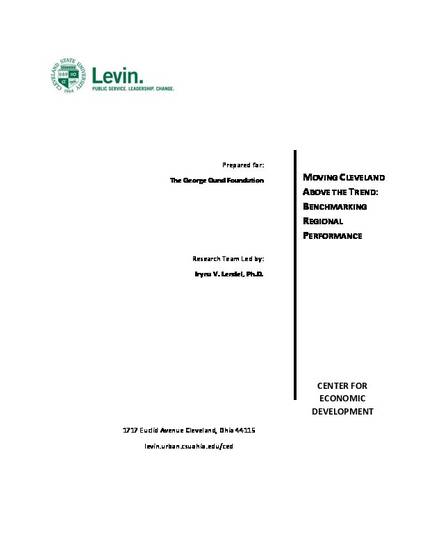
When analyzing economic development, we must consider both the factors that can be changed through policy and those that cannot. This report includes our model for understanding and predicting economic growth in U.S. mid-sized regional economies to analyze structural and policy-based factors among similar regional economies. Our research used a multi-stage process that involved collecting 43 variables on a variety of topics that are associated with regional growth, such as educational attainment, business composition, regional assets, and quality of life. In total, our mid-sized regional economies encompass 135 metro areas, and includes populations spanning from 352,823 to 3.9 million. We used factor analysis as a data-reduction technique to identify the influences in mid-sized regional economies. This statistical analysis found five structural and economic factors influencing mid-sized regional economies: 1) Innovation and Talent, 2) Entrepreneurship in High-Cost Areas, 3) New Residential Centers, 4) Retirement Destinations, and 5) Polarization. We then used regression analysis to determine the relationship between these factors and regional growth in employment, gross regional product (output), and per capita income.1 This report outlines the primary takeaways of this analysis and describes how the five-county Cleveland metro areas (the Cleveland Region) can incorporate policies and programs similar to those in other regions in order to propel its metros forward.
Available at: http://works.bepress.com/molly_schnoke/24/
